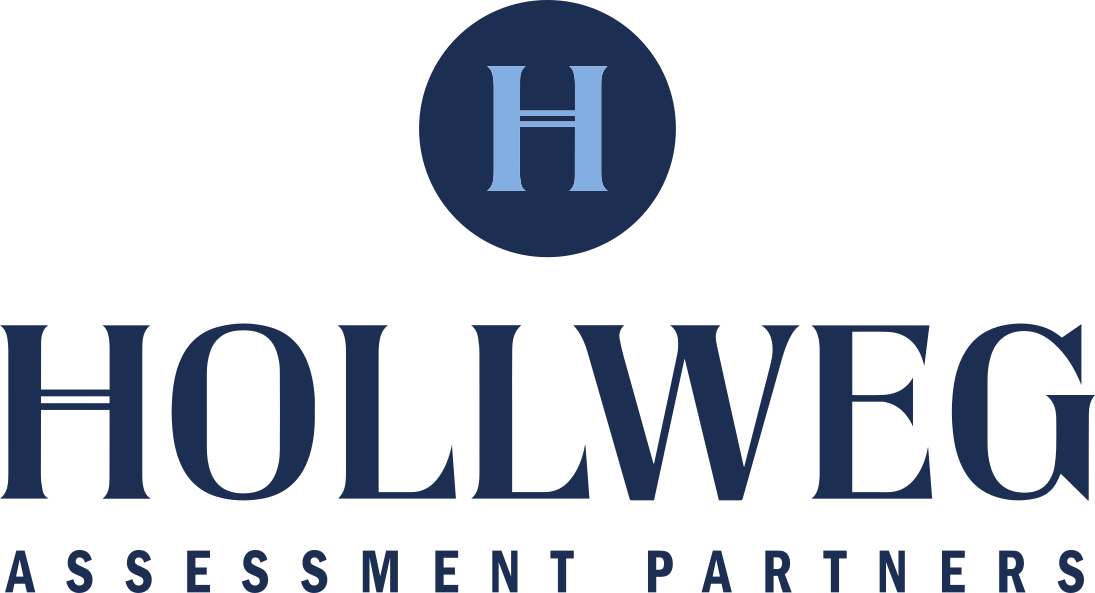Decision Making/Problem Solving
Organization
(Focus & Organization, Time Utilization, Priority Focus)
Problem Anticipation
(Planning, Long Range Thinking)
Analytical Thinking
(Detail Orientation, Detailed Analysis)
Innovative Thinking
(Creativity)
Practical Problem Solving
(Practical Thinking, Common Sense, Realistic Thinking)
People Leadership
Assertiveness
(Ability to Take Charge, Willingness to Take Charge)
Tough-Mindedness
(Conflict Management, Holding Team Accountable)
Positive People Orientation
(People Relations)
Insight
(Interpersonal Insight)
Work Style
Drive & Energy
(Action Orientation, Stamina)
Self-Reliance
(Independent Initiative, Self-Motivation, Initiative)
Process Orientation
(Need for Structure, Acceptance of Authority, Rule Orientation)
Flexibility
(Multi-Tasking, Need for Diversion)
Results Focus
(Results Orientation)
Accommodation
(Service Orientation, Team Orientation)
Personal Characteristics
Self-Discipline
(Conscientiousness, Responsibility, Restraint)
Emotional Consistency
(Capacity to Handle Pressure, Stress Tolerance, Resilience)
Objectivity of Viewpoint
(Objectivity, Criticism Tolerance)
Confidence
(Self-Assuredness, Self-Confidence)
Learning Agility
Quantitative Reasoning
(Numeric Reasoning)
Navigating the Resources
- Read the information below about the trait to develop a greater understanding of your strength/opportunity.
- Consider the Stop, Start, Continue examples to create your own actionable change behaviors.
- Explore the trait more fully by taking advantage of the weblinks below.
Innovative Thinking
(Creativity)
Innovative thinking measures the extent to which you are comfortable exploring and incorporating creative ideas. Explore the resources below to better understand innovative thinking in the workplace and begin applying behavioral strategies to improve in this area.
Strength
Higher levels of innovative thinking indicate you tend to evaluate problems using a combination of creativity and pragmatism.
Opportunity
Lower levels of innovative thinking indicate you may not be comfortable with new or innovative solutions.
Excess
Excessive levels of innovative thinking may generate impractical ideas and have difficulty developing workable solutions to problems.
Identify an opportunity area that you would like to change. Then, develop behaviors that you can Stop (unhelpful or limiting behaviors), Start (behaviors that you can begin now), and Continue (behaviors that you already do well) to improve in this area. Use the examples below to help create your own Stop, Start, and Continue behaviors.
| Stop | Start | Continue |
| Discounting others’ ideas because they seem far-fetched. | Considering at least two options that seem unusual or outside of the norm. | Reviewing information in a detail oriented manner. |
| Focusing only on what is practical or able to be implemented. | Exploring multiple ideas that may not seem practical before landing on a final solution. | Being willing to change and adapt. |
| Making decisions without others’ creative insights. | Bringing people into the decision making process who can provide creative ideas. | Using imagery to get your idea across. |
Innovative Thinking Weblinks for Development:
3 Simple Ways To Improve Your Innovation Skills
Be More Creative, Schedule Your Breaks
10 Ways You Can Innovate at Work Every Single Day—No Matter How “Boring” Your Job Title
Innovative Thinking Leadership Weblinks for Development:
10 Ways to Promote Innovation at the Workplace
10 Ways You Can Innovate at Work Every Single Day—No Matter How “Boring” Your Job Title
3 Simple ways to Improve Your Innovation Skills
